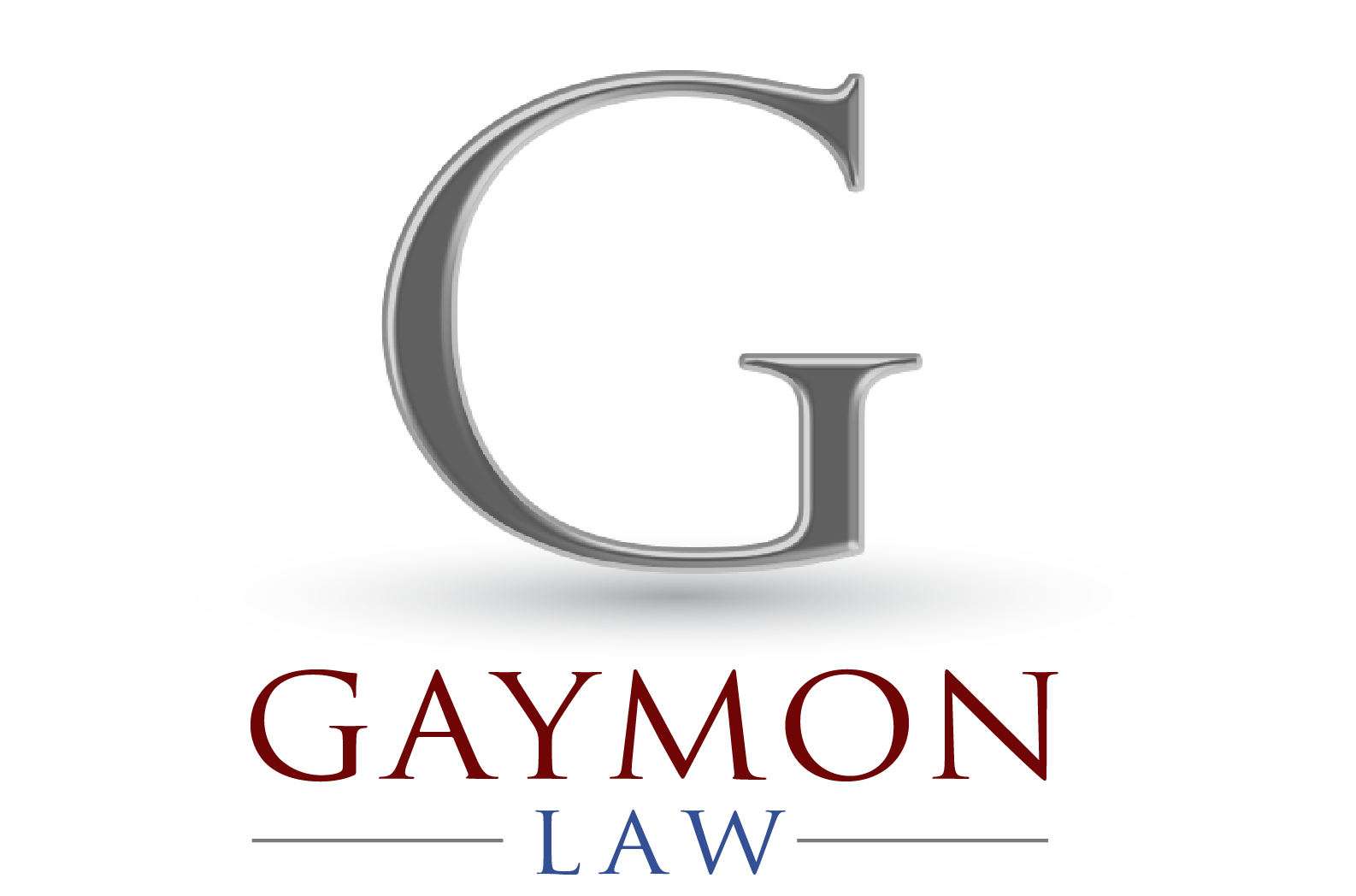Badges of Fraud
“Badges of fraud” commonly used by taxpayers to deceive or defraud the government include the following:
Badges of Fraud – Income
- Omissions of specific items where similar items are included.
- Omissions of entire sources of income.
- Unexplained failure to report substantial amounts of income determined to have been received.
- Substantial unexplained increases in net worth, especially over a period of years.
- Substantial excess of personal expenditures over available resources.
- Bank deposits from unexplained sources substantially exceeding reported income.
- Concealment of bank accounts, brokerage accounts, and other property.
- Inadequate explanation for dealing in large sums of currency or the unexplained expenditure of currency.
- Consistent concealment of unexplained currency, especially in a business not calling for large amounts of cash.
- Failure to deposit receipts to business account, contrary to normal practices.
- Failure to file a return, especially for a period of several years although substantial amounts of taxable income were received.
- Covering up sources of receipts by false description of source of disclosed income and/or nontaxable receipts.
Badges of Fraud – Expenses or Deductions
- Substantial overstatement of deductions.
- Substantial amounts of personal expenditure deducted as business expenses.
- Claiming fictitious deductions.
- Dependency exemption claimed for non-existent, deceased, or self-supporting persons.
- Loans of trust funds disguised as purchases or deductions.
Badges of Fraud – Books and Records
- Keeping two sets of books or no books.
- False entries or alterations made on the books and records; backdated or postdated documents; false invoices, applications, or statements, other false documents, or applications.
- Failure to keep adequate records, concealment of records, or refusal to make certain records available.
- Variances between treatments of questionable items on the return as compared with books.
- Intentional under or over footing of columns in journal or ledger.
- Amounts on return not in agreement with amounts in books.
- Amounts posted to ledger accounts not in agreement with source books or records.
- Journalizing of questionable items out of correct amount.
- False receipts to donors by exempt organizations.
Badges of Fraud – Allocations of Income
- Distribution of profits to fictitious partners.
- Inclusion of income or deductions in the return of a related taxpayer, when difference in tax rates is a factor.
Badges of Fraud – Conduct of Taxpayer
- False statement, especially if made under oath, about a material fact involved in the examination.
- Attempts to hinder the examination. For example, failure to answer pertinent questions, repeated cancellations of appointments, or refusal to provide records.
- The taxpayer’s knowledge of taxes and business practice where numerous questionable items appear on the returns.
- Testimony of employees concerning irregular business practices by the taxpayer.
- Destruction of books and records, especially if just after examination was started.
- Transfer of assets for purposes of concealment or diversion of funds and/or assets by officials or trustees.
- Patterns of consistent failure over several years to report income fully.
- Proof the return was incorrect to such an extent and in respect to items of such character and magnitude as to compel the conclusion the falsity was known and deliberate.
- Payment of improper expenses by or for officials or trustees.
- Willful and intentional failure to execute plan amendments.
- Backdating of applications and related documents.
- Making false statements on EP/EO determination letter applications.
- Use of false social security numbers.
- Submission of false Form W-4.
- Submitting a false affidavit.
- Attempts to bribe the examiner.
Badges of Fraud – Methods of Concealment
- Inadequacy of consideration.
- Insolvency of transferor.
- Assets placed in other names.
- Transfer of all or nearly all of debtors’ property.
- Close relationship between parties to the transfer.
- Transfer made in anticipation of a tax assessment or while the investigation of a deficiency is pending.
- Reservation of any interest in the property transferred.
- Transaction not in the usual course of business.
- Retention of possession.
- Transactions surrounded by secrecy.
- False entries in books of transferor or transferee.
- Unusual disposition of the consideration received for the property.
- Use of secret bank accounts for income.
- Deposits into bank accounts under nominee names.
- Conduct of business transactions in false names.


